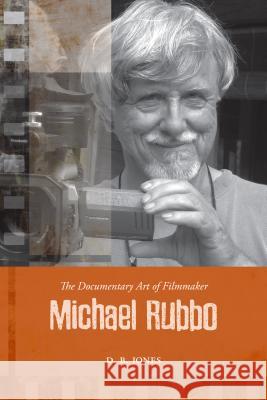The Documentary Art of Filmmaker Michael Rubbo » książka
The Documentary Art of Filmmaker Michael Rubbo
ISBN-13: 9781552388709 / Angielski / Miękka / 2017 / 262 str.
Michael Rubbo was arguably the most important National Film Board director of his era, second possibly to Donald Brittain, but less known and more influential on the subsequent development of documentary. The Documentary Art of Filmmaker Michael Rubbo aims to establish Rubbo's importance in the development of post-observational documentary and to make a claim for his body of work in its own right, which has been under-appreciated and in some cases neglected. It critiques his work, beginning with his Stanford University thesis film through his National Film Board heyday, and finally his digital work in Australia, including YouTube films. The book includes biographical information and accounts of troubles his films encountered at the NFB, the CBC, or elsewhere. His films are discussed chronologically in order to convey clearly a sense of his artistic development over time. The book concludes with a discussion of his influence and compares his work with some contemporaries, such as Michael Moore, Nick Broomfield, Ross McElwee, among others, and makes a case for the enduring distinctiveness of Rubbos work.
Michael Rubbo was arguably the most important National Film Board director of his era, second possibly to Donald Brittain, but less known and more influential on the subsequent development of documentary. The Documentary Art of Filmmaker Michael Rubbo aims to establish Rubbo's importance in the development of post-observational documentary and to make a claim for his body of work in its own right, which has been under-appreciated and in some cases neglected. It critiques his work, beginning with his Stanford University thesis film through his National Film Board heyday, and finally his digital work in Australia, including YouTube films. The book includes biographical information and accounts of troubles his films encountered at the NFB, the CBC, or elsewhere. His films are discussed chronologically in order to convey clearly a sense of his artistic development over time. The book concludes with a discussion of his influence and compares his work with some contemporaries, such as Michael Moore, Nick Broomfield, Ross McElwee, among others, and makes a case for the enduring distinctiveness of Rubbos work.











